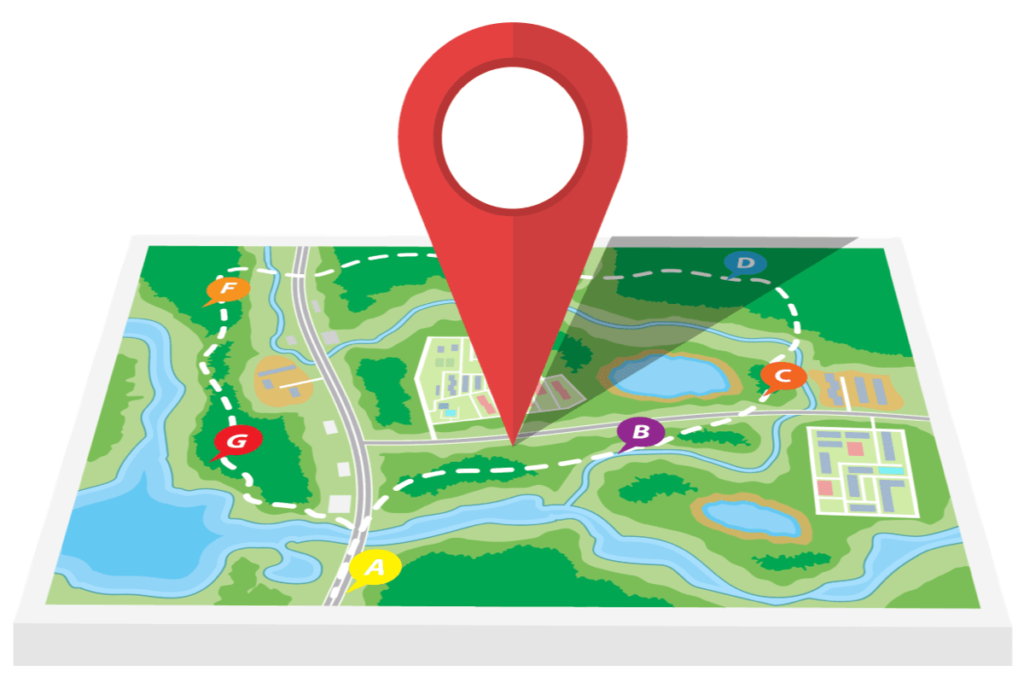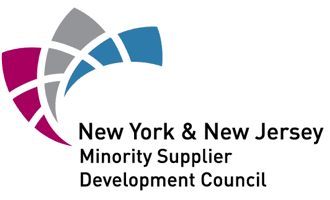Geotargeting Gets Your Message Exactly Where Your Audience is… Literally

Targeting the right audience can be half of the battle when launching a successful ad campaign. Geotargeting allows marketers to literally be in the right place by allowing businesses to target their content to unique visitors based on their location. Geolocation criteria includes the visitors’ country, region/state, city, metro code/zip code, organization, IP address, or ISP.

Serving ads based on geographic location is a no-brainer when the location of a product or service plays a significant role in the buying decision. “Near me” Google searches, aka searches that include “where to buy” + “near me” increased over 200% from 2019-2020, and continue to grow. However, in B2B sales across the exceedingly digital landscape, the physical location of a company plays less importance. Does that mean it shouldn’t be included as part of a digital marketing strategy? No, but it does mean you need to think outside the geo-fence.
How Can B2B Organizations Best Leverage Geotargeting?
There are multiple options to consider when it comes to geotargeting:
Geolocation targeting is what likely first comes to mind when you think about geotargeting. This is the ability to target by countries, cities, neighborhoods, or regions by postal code. For companies that only sell in a certain area, or only sell to people in a specific location, this kind of targeting would be best for you.
Geofencing allows you to draw a virtual fence around a specific location and serve ads to mobile device users inside the geofenced area. This would be ideal if you want to target specific companies by their physical location. For example, you can build a list based on hospitals in a territory, or if you want to increase your reach at a tradeshow you can serve ads to people at the event while it’s happening. Though this can be used for niche marketing efforts, it is recommended that a successful location-based targeting campaign includes a geofence, or multiple geofences, that can target at least 100,000 mobile devices.
Geoframing collects mobile device IDs from users who have entered a predefined location at a specified time and allows you to target those users after they’ve left the location. This is an efficient way to “follow” people who attended an in-person event or visited your business after they’ve left and serve them with content that keeps you top-of-mind.
Other Considerations for B2B Geotargeting
In general, geotargeting campaigns can cost more per impression and click. This is because you’ll need to engage with a company that has the capabilities to create a geotargeting audience, and they may charge a fee for this service. You’ll also want to set your bidding higher than standard display advertising tactics to ensure you win a larger percentage of the already limited inventory in hyperlocal geolocation.
Ready to narrow down your audience to those you really want to target? Consider geotargeting as a tactic is your next digital marketing campaign.





